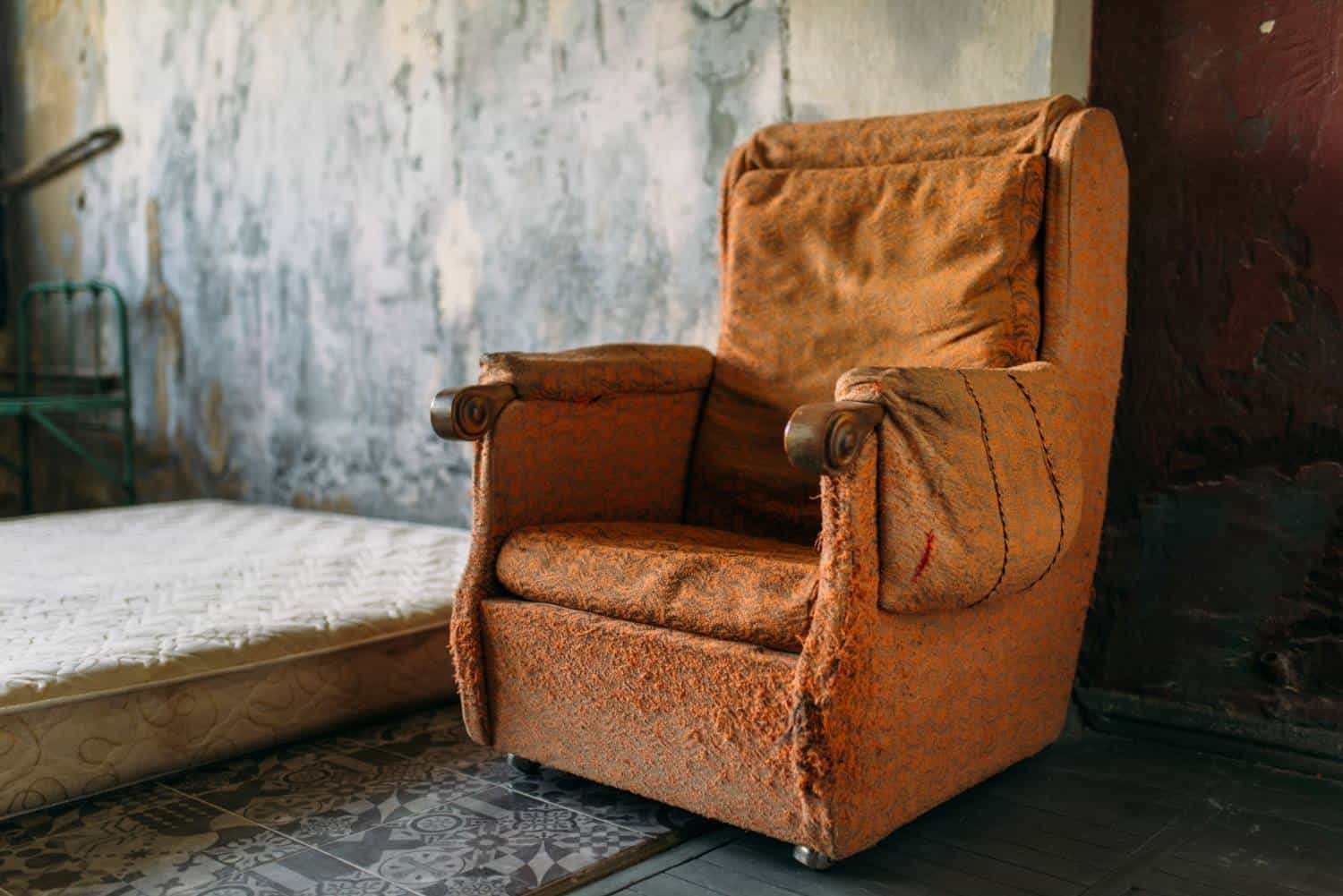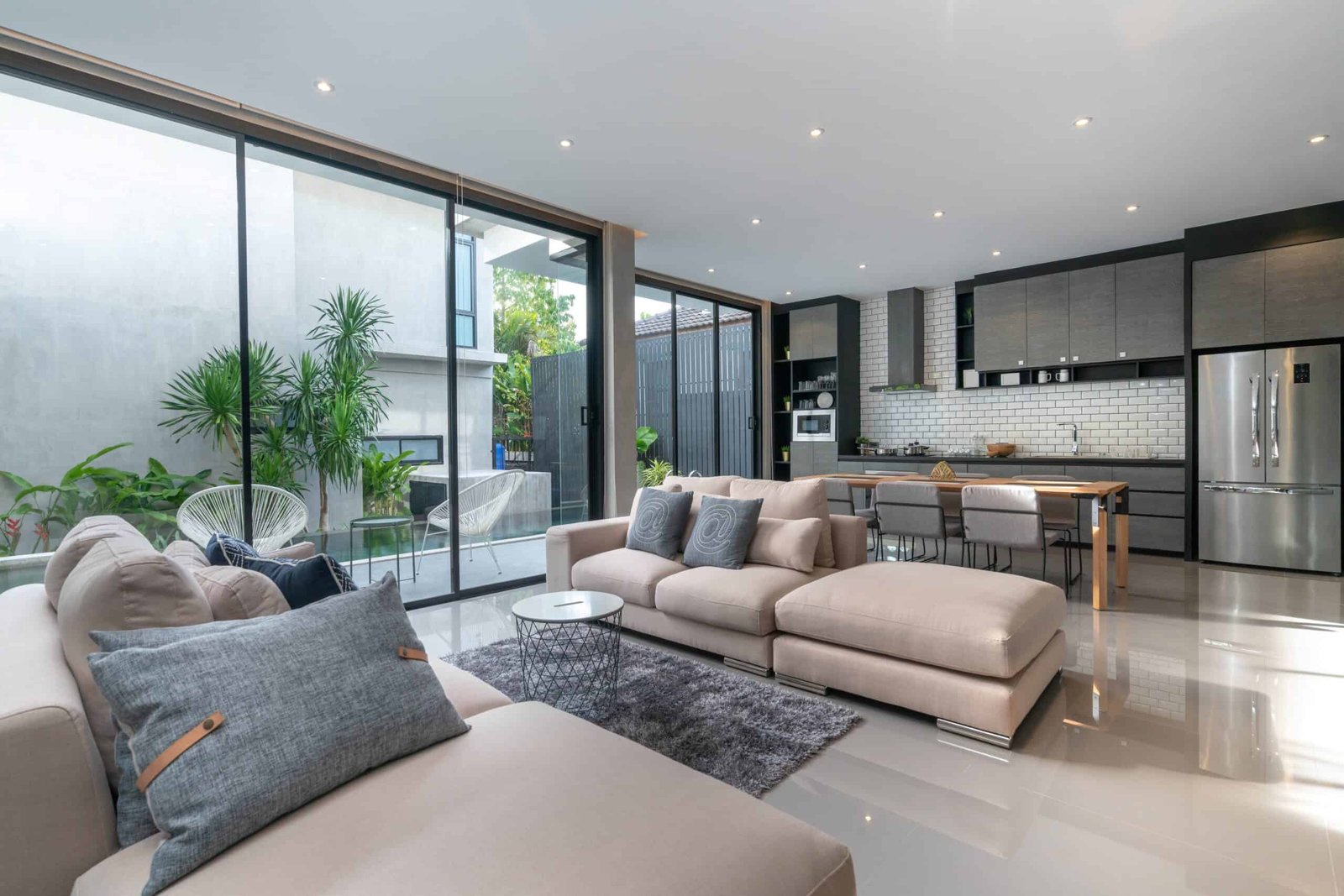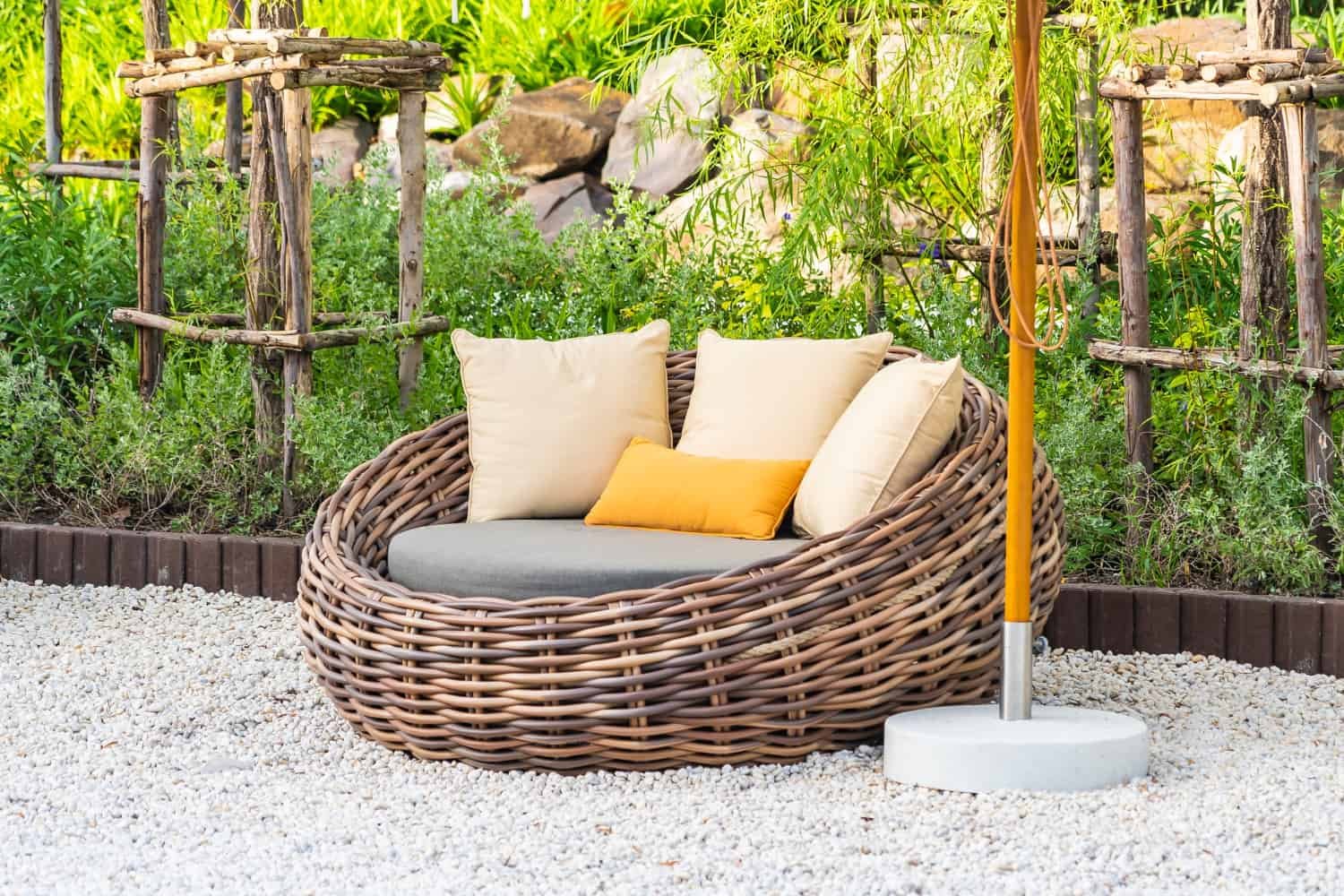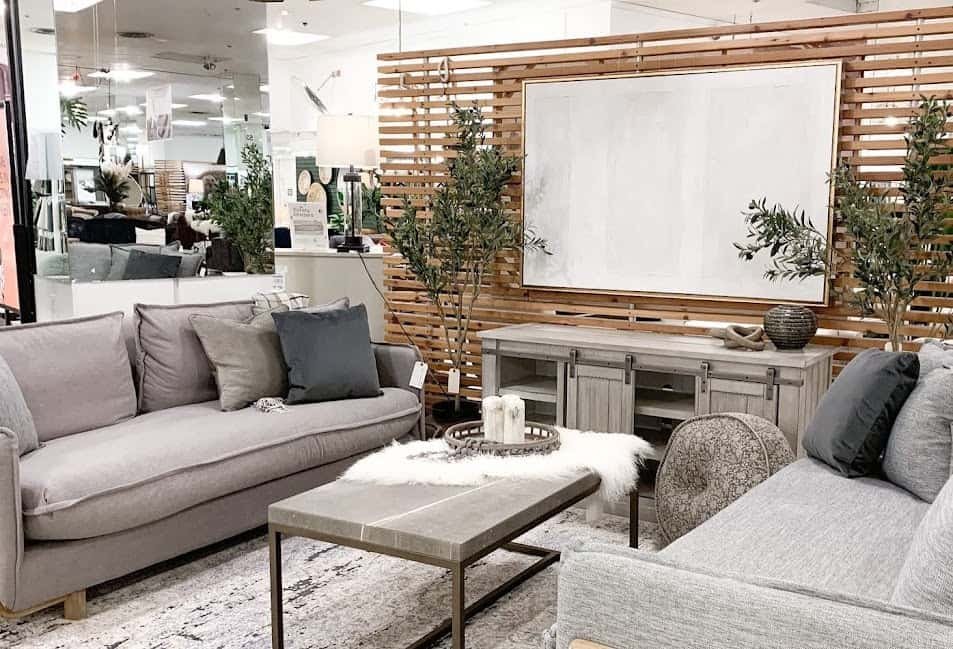
Disclaimer: As an Amazon Associate, “Furniture UK” earns from qualifying purchases.
Spotting Quality Furniture: Top Tips You Need to Know
Are you tired of constantly replacing your furniture or settling for pieces that don’t measure up? High-quality furniture is the key to longevity, comfort, and style. But with so many options on the market, it can be difficult to determine which pieces are truly worth your investment. Don’t worry, though, because we’ve got you covered. This article will show you exactly what to look for when shopping for furniture. From the materials used to the construction of the frame and joints, we’ll give you the insider knowledge you need to identify top-quality pieces that will stand the test of time. Say goodbye to flimsy furniture and hello to a lifetime of comfort and style.
Materials
Regarding furniture, the materials used are critical in determining its quality. In this section, we’ll discuss the different materials commonly used in furniture and what to look for in each one.
- Wooden Furniture – Wood is a popular choice for furniture due to its durability and classic look. However, not all wooden furniture is created equal. When shopping for wooden furniture, look for pieces made from hardwoods like oak, maple, mahogany, teak, walnut, cherry, and birch. These woods are more durable and resistant to wear and tear than softwoods like pine, fir, redwood, and cedar. Another thing to consider is whether the wood is solid or veneered. Solid wood is more durable and can be sanded and refinished if scratched or damaged. Conversely, veneered wood is made by glueing a thin layer of real wood onto a cheaper base material like particleboard. While veneered furniture can be more affordable, it is less durable and cannot be refinished as quickly as solid wood.
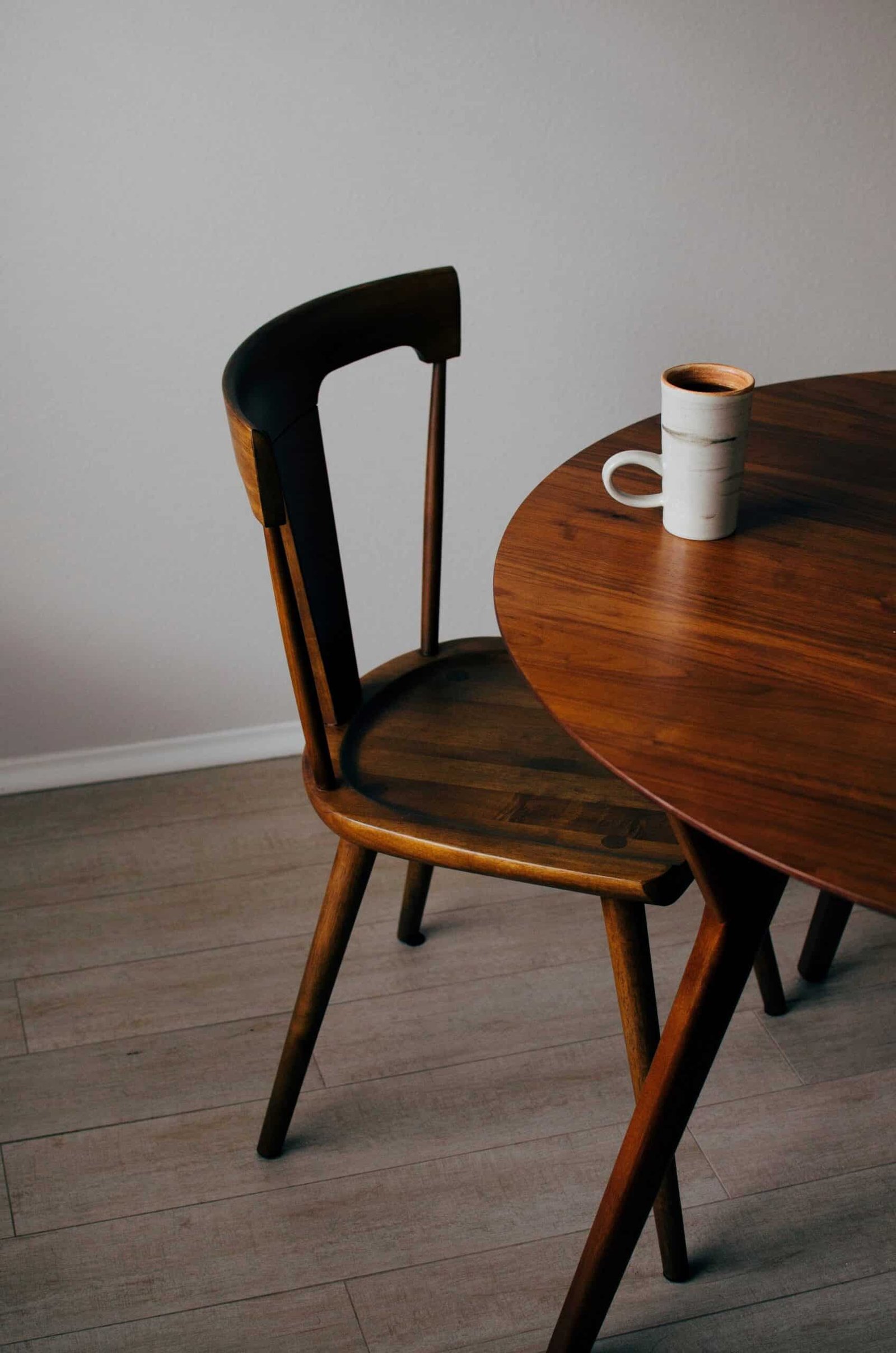
- Metal Furniture – Metal furniture can be sleek and modern, but checking the metal quality is essential. Look for furniture made from high-quality metals like stainless steel, aluminium, and wrought iron. These metals are durable and resistant to rust and corrosion. Avoid furniture made from cheap metals like tin or low-quality steel, as they are more prone to rust and wear and tear.
- Plastic Furniture – Plastic furniture can be a good choice for outdoor or casual furniture, but choosing high-quality plastics that won’t crack or fade over time is essential. Look for furniture made from high-density polyethene (HDPE) or polycarbonate, which are durable and resistant to fading and cracking. Avoid furniture made from low-quality plastics, which will likely crack or fade over time.
Construction
Construction is one of the most critical factors when detecting good quality furniture. Well-constructed furniture will not only last longer but also look better and perform better over time. This section will discuss two crucial aspects of furniture construction: joints and stability.
Joints
The joints are one of the most important aspects of furniture construction. They are the points where two or more pieces of wood come together, and they are critical to the overall strength and stability of the piece. Several types of joints are used in furniture construction, each with strengths and weaknesses. Some of the most common types of joints include:
- Dovetail joints: These are used in drawer construction and are known for their strength and durability.
- Mortise and tenon joints: These are used in chair and table legs and are known for their stability.
- Biscuit joints: These are used in tabletops and are known for their strength and durability.
When inspecting furniture, look closely at the joints to ensure they are well-constructed and secure. A good joint should fit snugly and be reinforced with glue or dowels. Avoid furniture with poorly constructed joints, as they will likely break or collapse over time.
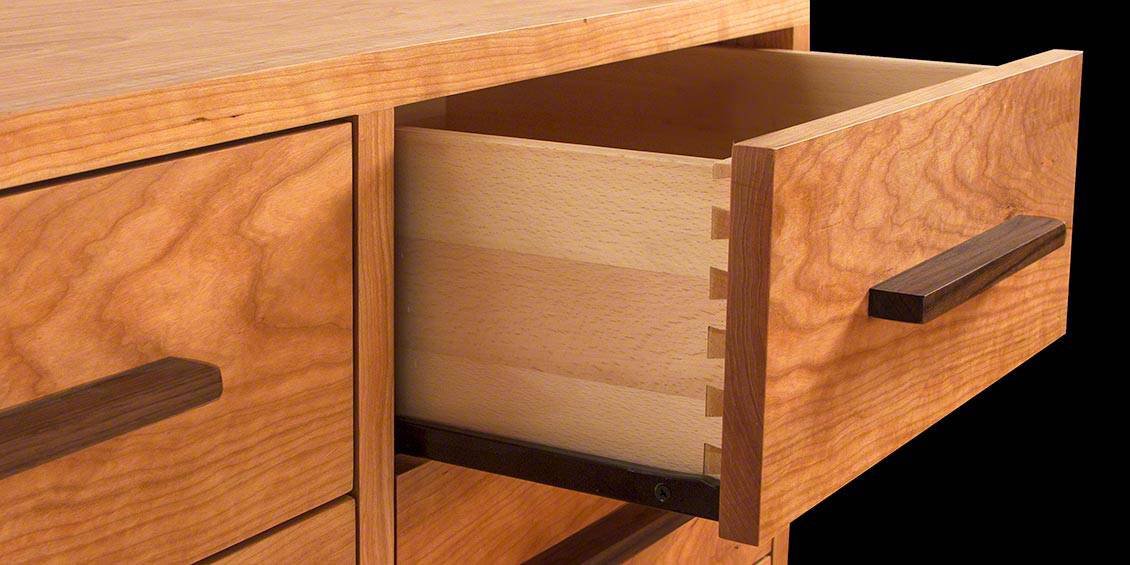
Stability
Stability is another important aspect of furniture construction. A well-constructed piece of furniture should be stable and sturdy, with no wobbling or rocking. To test the stability of a piece of furniture, try pushing or pulling on it to see if it moves. You can also sit on chairs and sofas to test their stability. The furniture frame is one of the most critical factors in determining its stability. Look for furniture with frames made from solid hardwoods, as these are generally the most stable and durable. Avoid furniture with frames made from particleboard or other low-quality materials, as these will likely warp or break over time.
Finish
When detecting good quality furniture, the finish is an essential factor. A good finish not only enhances the appearance of the furniture but also protects it from damage. This section will discuss the two main finish types: paint, varnish, and upholstery.
Paint and Varnish
Paint and varnish are the most common types of finishes used on furniture. A good quality paint or varnish will protect the furniture from scratches, spills, and other types of damage. When examining the finish of a piece of furniture, look for the following:
- Smoothness: A good finish should be smooth with no rough patches.
- Consistency: The finish should be consistent across the entire piece of furniture.
- Depth: A high-quality finish will have depth, giving the furniture a rich, lustrous appearance.
Upholstery
Upholstery refers to the fabric or leather covering furniture. Good quality upholstery looks great and provides comfort and durability. When examining the upholstery of a piece of furniture, look for the following:
- Quality of fabric or leather: Good quality upholstery will be made of high-quality materials that are durable and comfortable.
- No loose threads or stitching: The upholstery should be free of loose threads or stitching, which can lead to fraying and other types of damage.
- Consistency: The upholstery should be consistent across the entire piece of furniture, with no wrinkles or sagging.
- Comfort: The upholstery should be comfortable to sit on, with no lumps or bumps.
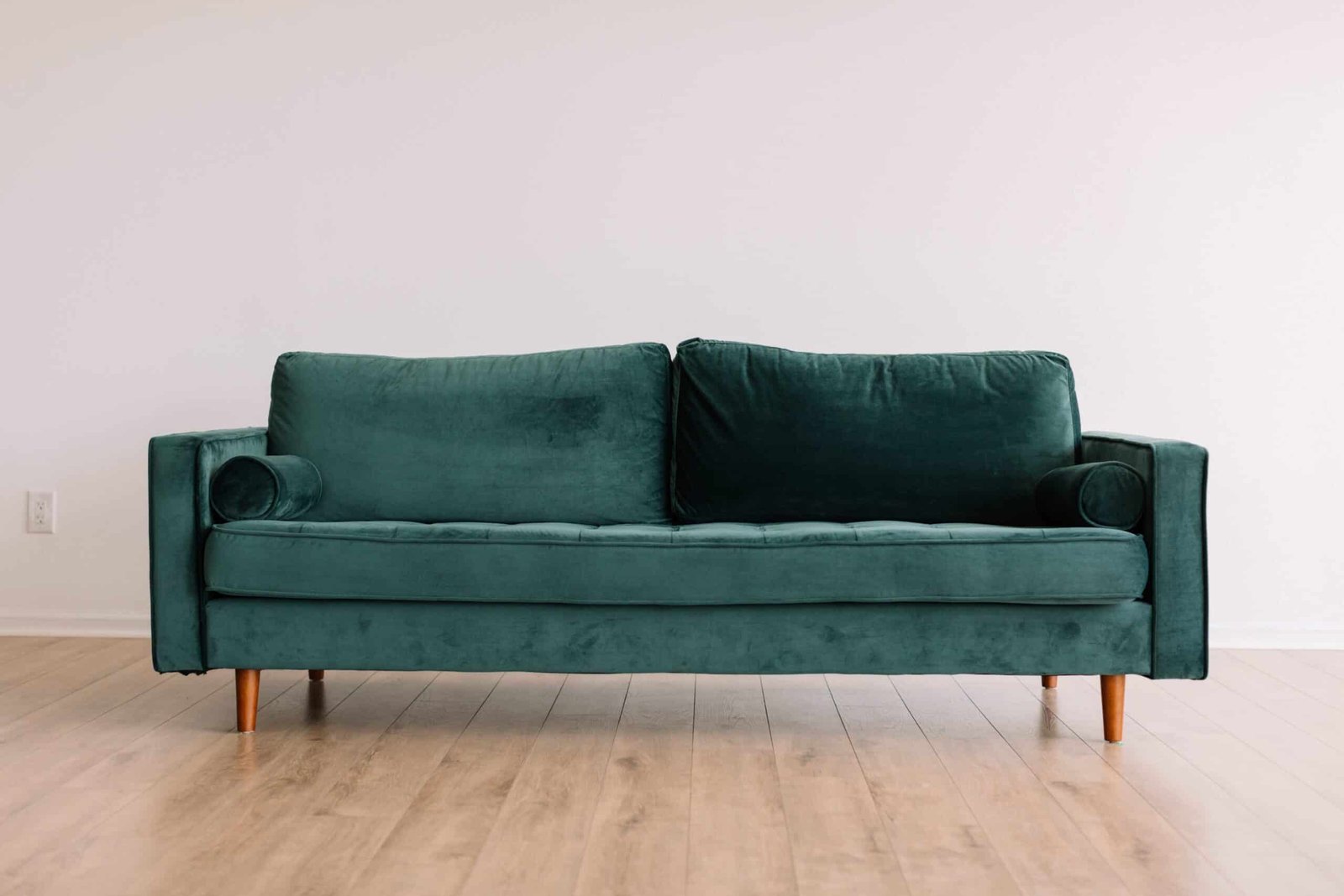
Functionality
When buying furniture, functionality is a crucial factor to consider. You want to ensure your furniture is aesthetically pleasing and serves its intended purpose. Here are some sub-sections to consider when assessing the functionality of furniture:
Drawers and Cabinets
When looking at furniture with drawers or cabinets, it’s essential to ensure they open and close smoothly. You don’t want to struggle every time you need to access something. Test the drawers and cabinets to ensure they are sturdy and can hold the weight of the items you plan to store. Look for furniture with soft-close hinges or drawer glides, as they can help prevent damage to the furniture and reduce noise.
Seating Comfort
If you’re purchasing furniture with seating, such as a sofa or chair, it’s essential to test the comfort level. Sit on the furniture for a few minutes to get a feel for the seat and back support. Look for furniture with high-density foam or down-filled cushions, providing excellent support and comfort. Check the height of the furniture to ensure that your feet touch the ground comfortably. If you’re purchasing a recliner or rocking chair, test the mechanisms to ensure they work smoothly and are easy to operate.
By considering functionality when purchasing furniture, you can ensure you get a piece that looks good and meets your needs. Whether you’re looking for drawers and cabinets that open and close smoothly or seating that provides comfort and support, taking the time to assess the functionality of furniture can help you make a wise investment.
Price and Value
When buying furniture, price is an essential factor to consider. However, it’s important to remember that price doesn’t always equate to quality. Just because a piece of furniture is expensive doesn’t necessarily mean it’s well-made or durable. On the other hand, a cheap piece of furniture may not be worth the money if it’s poorly made and won’t last long.
One way to determine the value of a piece of furniture is to consider its materials and construction. Solid wood furniture, for example, is generally more expensive than furniture made from particle board or MDF, but it’s also more durable and can last for decades with proper care. Similarly, furniture made with high-quality materials and finishes will be more expensive, but it will also be more durable and resistant to wear and tear. Another way to determine the value of a piece of furniture is to consider its design and style. Furniture designed to be timeless and classic will likely hold its value over time, even if it’s more expensive upfront. On the other hand, trendy furniture may be less expensive, but it may also go out of style quickly and lose its value.


